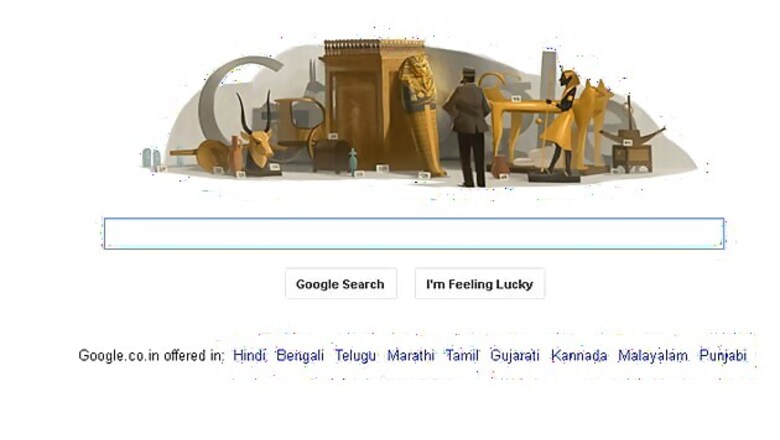
views
New Delhi: Wednesday's Google doodle is a collection of certain archaeological structures and celebrates the 138th birth anniversary of noted English archaeologist Howard Carter. One of the major discoveries of Howard Carter was the Egyptian tomb of Tutankhamun. The Tutankhamun pharaoh stands right at the centre of the Google doodle paying tribute to Carter.
Howard Carter was born in London on May 9, 1874. He followed in his father Samuel Carter's footsteps, who was also a skilled artist.
In 1891, Carter went to Egypt at the age of 17, to assist in the excavation and recording of Middle Kingdom tombs at Beni Hasan. He was innovative in improving the methods of copying tomb decoration.
In 1892, he began work in Armana, documenting what remained of the capital city of Akhenaten – the father of Tutankhamun. In 1899, Carter was appointed the first chief inspector of the Egyptian Antiquities Service (EAS).
He supervised a number of excavations at Thebes (now known as Luxor) before he was transferred in 1904 to the Inspectorate of Lower Egypt.
On 4 November 1922, Carter's excavation group found the steps leading to Tutankhamun's tomb, that subsequently became KV62, by far the best preserved and the most intact pharaonic tomb ever found in the Valley of the Kings.
He visited the United States in 1924, and gave a series of illustrated lectures that were attended by large enthusiastic audiences.
He died of lymphoma, a kind of cancer, in London on March 2, 1939 at the age of 64. The archaeologist's death is the piece of evidence most commonly put forward by sceptics to refute the idea of a "curse of the pharaohs" plaguing the party that violated Tutankhamun's tomb.
Carter is buried in the Putney Vale Cemetery in London. On his gravestone is written, "May your spirit live, May you spend millions of years, You who love Thebes, Sitting with your face to the north wind, Your eyes beholding happiness" and "O night, spread thy wings over me as the imperishable stars".




















Comments
0 comment